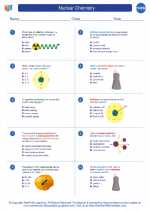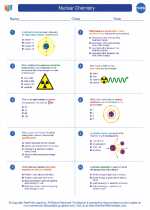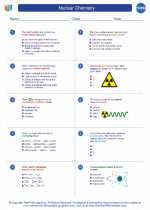Fertilization: The Miracle of New Life
Fertilization is the process by which a sperm cell from a male fuses with an egg cell from a female to form a new organism. This remarkable biological event marks the beginning of a new life cycle and is essential for the continuation of a species.
Key Steps in Fertilization
- Ovulation: In females, an egg is released from one of the ovaries into the fallopian tube.
- Intercourse: During sexual intercourse, millions of sperm are released into the female reproductive tract.
- Fusion: One sperm successfully penetrates and fuses with the egg, leading to the formation of a zygote.
- Implantation: The zygote travels down the fallopian tube and implants itself in the wall of the uterus.
- Embryonic Development: The zygote begins to divide and develop into an embryo, eventually forming a fetus.
Factors Affecting Fertilization
Several factors can influence the likelihood of successful fertilization, including the timing of ovulation, the health and motility of sperm, and the condition of the female reproductive tract.
Study Guide
To understand fertilization, it's essential to grasp the following concepts:
- Male and Female Reproductive Systems: Familiarize yourself with the structures and functions of the male and female reproductive systems, including the production and transport of gametes (sperm and eggs).
- Ovulation and Menstrual Cycle: Learn about the process of ovulation and the phases of the menstrual cycle, as these are crucial for understanding when fertilization can occur.
- Sperm-Egg Interaction: Explore the mechanisms that enable a sperm cell to locate and penetrate an egg, including the role of enzymes and receptors on the egg's surface.
- Genetic Contributions: Understand how genetic material from the sperm and egg combines to determine the characteristics of the offspring.
- Preventing Unintended Pregnancy: Study methods of contraception and the factors that can affect their effectiveness in preventing fertilization.
By mastering these concepts, you'll gain a comprehensive understanding of the miraculous process of fertilization and its significance in the cycle of life.
.◂Chemistry Worksheets and Study Guides High School. Nuclear Chemistry
Worksheet/Answer key Nuclear Chemistry
Nuclear Chemistry  Worksheet/Answer key
Worksheet/Answer key Nuclear Chemistry
Nuclear Chemistry  Worksheet/Answer key
Worksheet/Answer key Nuclear Chemistry
Nuclear Chemistry 

 Worksheet/Answer key
Worksheet/Answer key
 Worksheet/Answer key
Worksheet/Answer key

The resources above cover the following skills:
Concepts of Physical Science (SB1, SB2, SB3, SB4)
The student demonstrates an understanding of the interactions between matter and energy and the effects of these interactions on systems by researching applications of nuclear reactions in which a small amount of matter is converted directly into a huge amount of energy (i.e., E=MC2). (L)